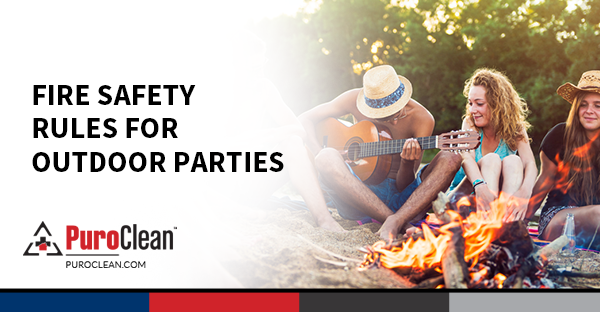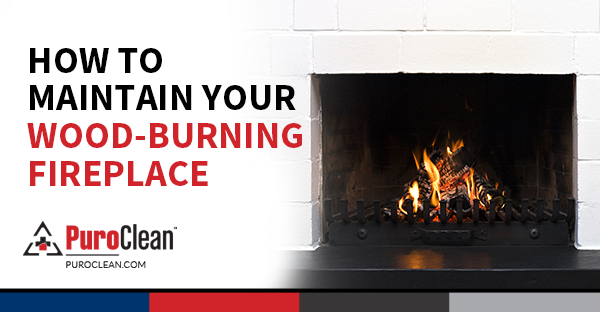Introduction
Experiencing a house fire is devastating, leaving families overwhelmed with loss, uncertainty, and the urgent need for recovery. Knowing the right steps to take after a fire can help mitigate further damage, ensure safety, and speed up the restoration process. In this comprehensive guide, we’ll walk you through what to do when fire damage turns your home into a disaster zone.

1. Prioritize Safety First
Before taking any action, ensure that it is safe to re-enter your home. Fires can weaken structural integrity, leaving behind hazards such as:
- Smoke inhalation risks – Lingering smoke contains toxic chemicals harmful to health.
- Unstable structures – Fire can weaken walls, floors, and ceilings, making collapse a possibility.
- Electrical hazards – Burned or exposed wiring poses a risk of electrocution.
- Hidden embers – Smoldering embers can reignite if left unchecked.
Always wait for clearance from the fire department before entering your home.
2. Contact Your Insurance Provider
One of the first calls you should make after a fire is to your homeowners’ insurance company. Your insurance provider will guide you on the next steps, including:
- Filing a fire damage claim
- Understanding your coverage
- Arranging temporary housing if needed
- Working with a claims adjuster to assess damages
Keep all receipts for expenses related to temporary housing, clothing, and food, as these may be reimbursable under your policy.
3. Secure Your Property
To prevent further damage or potential theft, take steps to secure your property:
- Board up windows and doors
- Cover damaged roofs with tarps
- Shut off gas, electricity, and water if not already done by authorities
- Notify local law enforcement if you need to leave your home unattended
Many restoration companies provide emergency board-up services to safeguard your property from additional harm.
4. Assess the Damage and Salvage What You Can
After getting clearance to enter, carefully inspect the damage. Prioritize essential and sentimental items such as:
- Important documents (passports, birth certificates, insurance papers)
- Heirlooms and family photos
- Jewelry and valuable items
- Essential electronics
Be cautious when handling items covered in soot or affected by smoke, as improper cleaning can cause irreversible damage.
5. Contact a Professional Fire Restoration Company
Fire damage goes beyond visible destruction; smoke, soot, and water used to extinguish the fire can create long-term issues. Professional restoration companies specialize in:
- Smoke and soot removal
- Water extraction and drying
- Structural repair
- Air purification to eliminate lingering odors
Hiring experts ensures thorough cleaning and minimizes future risks like mold growth from water damage.
6. Begin the Cleanup Process
If you choose to start initial cleanup yourself, use caution. Here are some tips:
- Wear protective gear – Gloves, masks, and goggles help protect against harmful particles.
- Ventilate your home – Open windows and doors to allow fresh air circulation.
- Vacuum with a HEPA filter – This helps remove fine soot particles from surfaces.
- Use dry sponges on walls – Do not use water on soot-covered walls as it can smear and cause staining.
Avoid using regular household cleaners, as some chemicals react negatively with soot and smoke residues.
7. Address Water and Mold Damage
If firefighters used water to extinguish the fire, your home might be at risk of mold growth. Immediate action is needed:
- Use dehumidifiers and fans to dry affected areas
- Remove wet materials such as carpets and upholstery
- Disinfect surfaces with antimicrobial solutions
Professional restoration services can help prevent mold infestations and ensure proper drying techniques.
8. Remove Smoke and Soot Odors
Smoke damage can linger long after the flames are gone. To eliminate odors:
- Use activated charcoal or baking soda to absorb smells
- Deep clean walls, ceilings, and floors
- Wash all clothing, bedding, and upholstery
- Consider ozone treatment or thermal fogging for deep smoke odor removal
Professional fire restoration services use advanced equipment to ensure complete odor elimination.
9. Repair and Rebuild
Once cleanup is complete, the focus shifts to repairs and reconstruction. This may include:
- Replacing drywall and insulation
- Repairing or replacing flooring
- Repainting walls
- Restoring damaged furniture
Work with licensed contractors who specialize in fire damage restoration to ensure quality work and compliance with safety codes.
10. Take Preventative Measures for the Future
After experiencing a house fire, it’s essential to take steps to prevent future incidents:
- Install and regularly test smoke alarms
- Keep fire extinguishers in key areas (kitchen, garage, bedrooms)
- Avoid overloading electrical outlets
- Create and practice a fire escape plan with family members

Conclusion
Recovering from a house fire is a challenging journey, but with the right steps, you can restore your home and regain a sense of normalcy. Prioritizing safety, working with professionals, and following a structured recovery plan will help you rebuild and move forward. If you need expert assistance, fire damage restoration professionals can guide you through every stage of the process, ensuring your home is safe and livable once again.
For immediate help with fire damage recovery, contact PuroClean Property Savers of East Columbus. Our team is ready to assist you in restoring your home and your peace of mind.



 PuroClean Property Savers of East Columbus
PuroClean Property Savers of East Columbus